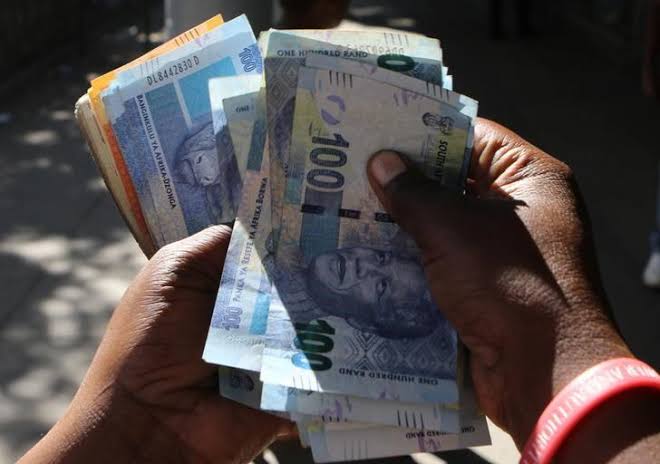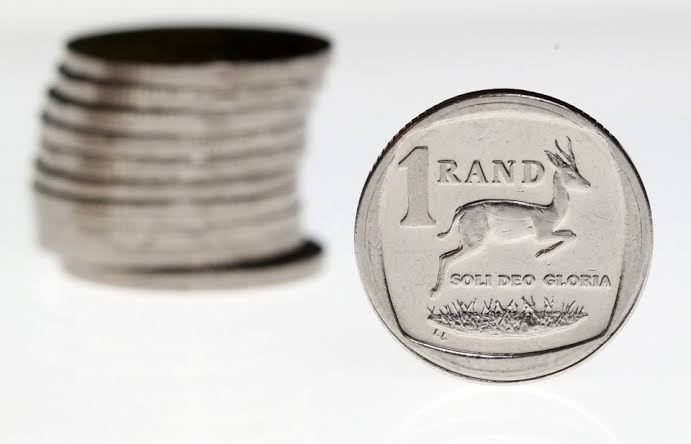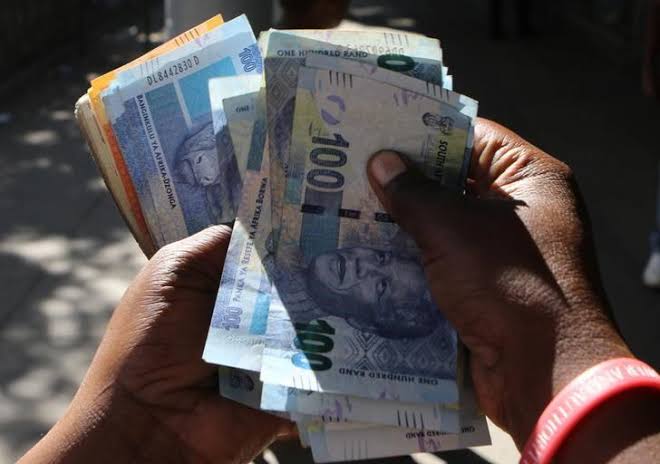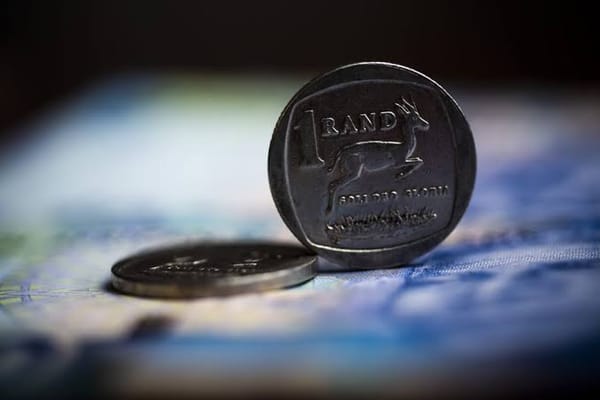In a dynamic twist of global currency markets, the South African rand surged on Thursday against the backdrop of a weakening dollar. This surge came on the heels of a flurry of U.S. economic data that left investors grappling with mixed signals about the world's largest economy.
The rand, a perennially volatile currency, showcased its resilience as it strengthened against the dollar, highlighting its allure to traders seeking opportunities in emerging markets. This upward trajectory was particularly pronounced following the release of a slate of economic indicators from the United States, which painted a nuanced picture of its economic landscape.

Among the key data points, jobless claims unexpectedly rose, fueling concerns about the labor market's recovery pace. However, this negative sentiment was counterbalanced by better-than-expected retail sales figures, indicating robust consumer spending despite lingering uncertainties.
This juxtaposition of data fueled speculation about the Federal Reserve's monetary policy trajectory, with analysts parsing the numbers for clues on potential interest rate adjustments. The resultant uncertainty spurred a retreat in the dollar's value, amplifying the rand's ascent and drawing attention to South Africa's economic fundamentals.

South Africa, a pivotal player in the African continent, has grappled with its own set of economic challenges, including high unemployment rates and structural inequalities. However, its status as a major commodity exporter, coupled with ongoing reform efforts, has bolstered investor confidence in its long-term potential.
The rand's rally underscores the intricate interplay between global economic forces and localized market dynamics. As investors recalibrate their portfolios in response to shifting macroeconomic trends, currencies like the rand emerge as barometers of market sentiment and risk appetite.

Moreover, the rand's ascent carries broader implications for South Africa's economy, potentially influencing inflation dynamics, trade balances, and foreign investment flows. A stronger rand could alleviate imported inflation pressures while enhancing consumers' purchasing power, but it may also weigh on export competitiveness, posing challenges for certain sectors.
Against this backdrop, market participants remain vigilant for further developments, including central bank announcements and geopolitical events, which could sway currency valuations in either direction. The rand's recent gains serve as a reminder of the fluidity of financial markets and the importance of staying attuned to evolving trends.
In the digital sphere, reactions to the rand's surge have been swift and varied. Social media platforms buzzed with discussions ranging from speculative trading strategies to broader economic implications. Memes, gifs, and emojis added a touch of levity to the discourse, underscoring the eclectic nature of online engagement.

As the dust settles on the day's trading session, one thing remains clear: the South African rand's journey is far from over. Whether it continues its upward trajectory or encounters turbulence along the way, its resilience and allure in the global currency arena are undeniable, making it a focal point for investors and observers alike.


Related News
5 Ways to Discipline Dogs with Anger Issues
May 27, 2025
Top 10 Countries with Best S&P Bond Ratings in Africa 2025
Jan 30, 2025
Top 10 African Countries with Highest Foreign Debts 2025
Jan 06, 2025